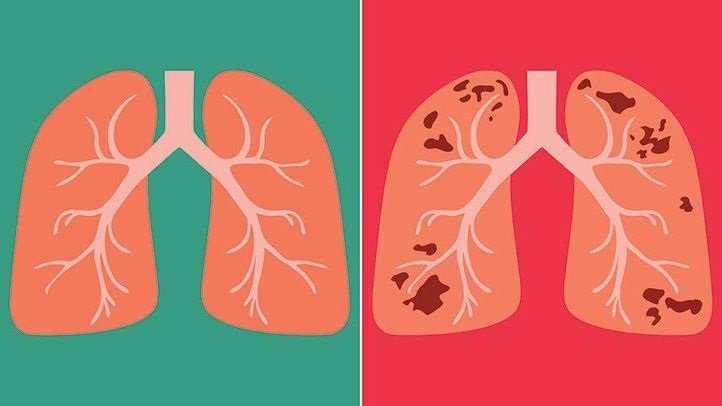Tuberculosis, often referred to as the “Silent Invader,” is a persistent and potentially life-threatening infectious disease that requires heightened awareness for early detection and intervention. This article aims to shed light on the symptoms of tuberculosis, emphasizing the importance of recognizing the subtle signs that this silent invader may manifest.
Understanding Tuberculosis:
Tuberculosis is caused by the bacterium Mycobacterium tuberculosis, which primarily affects the lungs but can also target other organs. Tuberculosis is a silent invader because it can exist in latent form, wherein the infected individual may not exhibit noticeable symptoms. This latent stage can transition to active TB, making early recognition crucial for effective treatment and prevention of further transmission.
Common Symptoms of Tuberculosis:
Persistent Cough:
A persistent cough lasting more than two weeks is one of the hallmark symptoms of tuberculosis. This cough may produce sputum or even blood, indicating the involvement of the lungs. While a cough is a common respiratory symptom, duration and persistence are key factors in identifying a potential TB infection.
Unexplained Weight Loss:
Unintentional weight loss is often a subtle yet significant symptom of active tuberculosis. Individuals with TB may experience a gradual loss of weight, even if their appetite remains unchanged. This weight loss results from the body’s increased energy expenditure as it combats the infection.
Fatigue and Weakness:
Generalized fatigue and weakness are common symptoms of many infections, including tuberculosis. Individuals with active TB may feel unusually tired, experiencing a lack of energy despite adequate rest. This fatigue results from the body’s immune response to fighting the infection.
Night Sweats:
Night sweats, particularly profuse sweating during sleep, can indicate active tuberculosis. While night sweats can have various causes, their association with other TB symptoms raises the suspicion of a TB infection. These night sweats can be severe and contribute to overall discomfort.
Fever:
A persistent low-grade fever is another symptom of active TB. The body’s immune response to the infection may lead to an elevated body temperature. While a fever alone is not specific to TB, it warrants further investigation when coupled with other respiratory symptoms.
Shortness of Breath:
As tuberculosis progresses, individuals may experience shortness of breath. This symptom is more pronounced when the infection affects the lungs, leading to respiratory distress. Shortness of breath can interfere with daily activities and is a significant indicator of advanced TB.
Chest Pain:
Chest pain, particularly during breathing or coughing, may occur when tuberculosis affects the lungs. This pain can be localized and may be accompanied by a feeling of tightness in the chest. Identifying chest pain, especially with other symptoms, is crucial for diagnosing TB.
Silent Invader: Latent Tuberculosis:
In some cases, tuberculosis can exist in a latent form, showing no outward symptoms. Latent TB can persist in the body for years without causing illness. However, individuals with latent TB are at risk of developing active TB, especially if their immune system becomes compromised. Recognizing the potential for latent tuberculosis is essential for implementing preventive measures and early treatment.
High-Risk Groups:
Specific populations are at a higher risk of recognizing symptoms in these groups is particularly crucial. Individuals with weakened immune systems, such as those living with HIV/AIDS, the elderly, and individuals on immunosuppressive medications, are more susceptible to TB. Vigilance in these high-risk groups is essential for early diagnosis and intervention.
Conclusion:
Tuberculosis, often described as the silent invader, presents a unique challenge in its ability to remain asymptomatic in some individuals. Recognizing the subtle or overt symptoms is pivotal for early detection and effective management. A persistent cough, unexplained weight loss, fatigue, night sweats, fever, shortness of breath, and chest pain are red flags that should prompt further investigation, especially in high-risk populations.
Increasing awareness about the symptoms of tuberculosis and promoting regular screenings in vulnerable communities are crucial steps in the global effort to control and eventually eliminate this silent invader. By empowering individuals and healthcare professionals with the knowledge to recognize the signs of tuberculosis, we move closer to a world where early intervention becomes the norm, reducing the impact of this persistent infectious disease.
Also read: Understanding and Alleviating Tooth Sensitivity: A Comprehensive Guide to Treatment





